by Mary Coleman - July 30, 2022

Jewelry needs care and maintenance!
That fact is often overlooked until a piece breaks or a stone is missing. Schedule for care and maintenance will vary slightly from person to person and often will depend on how often a piece is worn.
This overview will touch on the top ten most common maintenance and repair questions for jewelry. We encounter these repair questions on a daily basis and in almost all cases, we can help.
At Jewelsmith, cleaning and checking (of jewelry purchased from us) is a complimentary service and we encourage you to bring your jewelry by.
1. Should I take my jewelry off?
Yes, please. There is nothing you can wear all day every day for years and not have to remove for cleaning or maintenance. Most jewelers recommend taking all your jewelry off before you go to sleep. Taking off rings for strenuous activity and definitely at the gym. Many people are under the impression or told by a trusted elder to never take said jewelry off. Unless trusted elder was a jeweler, ere on the side of caution. Over time, taking off your jewelry especially rings and bracelets for tasks such as gardening, wood chopping, yoga, CrossFit etc. will extend the life of that piece.
What’s the worst that can happen if I never take my jewelry off?
Even very high-quality jewelry will wear out very quickly if you never remove it, risking the loss of your diamond or gemstones. Chain links and bracelet hinges wear out and break long before they would otherwise. This makes the cost of maintaining your jewelry much higher, having to be without your jewelry longer and more often for repairs. Your repair professional loves to see you, but how much time do you want to spend running errands to your local jewelry store?

crown ring - worn from top and sides and exhibiting chemical exposure damage (likely chlorine from cleaners or pool water) resulting in the loss of an heirloom diamond
2. How often should my jewelry be cleaned?
Good preventative maintenance is to take your jewelry once to twice a year, for a deep cleaning and inspection by your local jeweler. Twice a year is best to head off small issues before they become big problems.
If it’s been more than 5 years, anticipate some repair suggestions.

Vintage fishtail ring with center head worn through from each side and prongs worn from top. At this point repair costs will be far more extensive than if the wear had been addressed earlier.
Cleaning your jewelry at home is a fairly easy process and no fancy materials are needed.
Pro tip: A mild solution of water and dish soap is enough to remove most dirt and debris from platinum, gold or silver jewelry. For other gemstones, consult a jeweler near you.
3. How did a gemstone get loose?
Any ring, bracelet, pendant or earring with gemstones has the potential for stones to loosen over time. This happens with everyday wear and tear from being worn.
Bracelets and rings tend to get more contact and those stones may become loose more often. As stones get loose, the movement in the piece will wear against the metal, increasing the likelihood that more than a simple tightening is needed.
Simple tightening usually takes just a few minutes and existing metal is tamped down to make the stone secure once more.
More extensive repair would include rebuilding prongs or a bezel, where more metal is added to strengthen the area holding the stone. This is not a while-you-wait repair, and you can discuss with the jeweler the specific timeframe you should expect to be without your piece. At Jewelsmith we gladly repair jewelry that was purchased from us. Contact us for our current turnaround times.
Often when a setting becomes very worn, the gemstone will have chips or scratches (abrasions). These can sometimes be recut or repolished and then reset into a new setting. To ensure the best outcome, consult with an experienced gemologist.
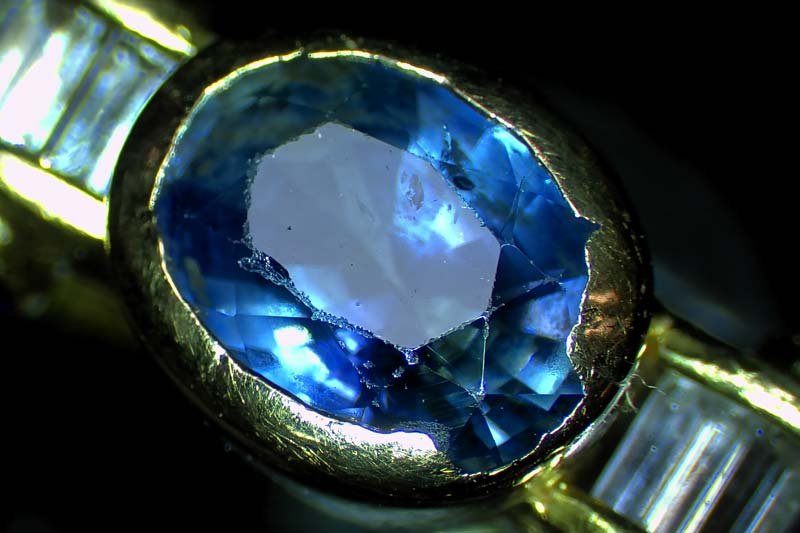
Oval sapphire which has become chipped and abraded with wear and the bezel has become very thin and is worn completely away in places. This sapphire will be repolished and reset into a new bezel setting.
4. Why did my gemstone fall out?
There are several ways a gemstone can come out:
- It may have been loose for some time and eventually worked its way out.
- Metal around the gem was distressed or insufficient.
-
An impact dislodged the stone.
Good news: most gemstones can be replaced. And having your jewelry professionally checked can reduce the chances of losing stones in the future.
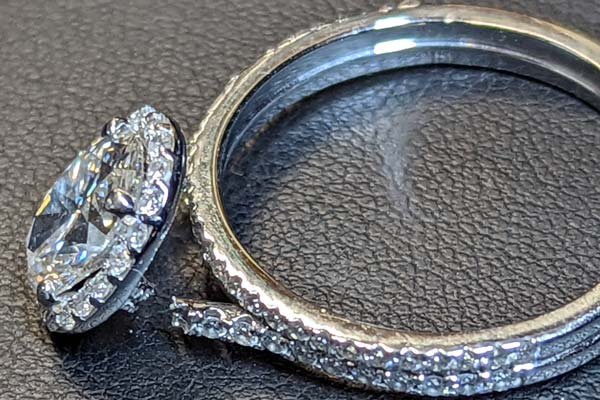
Extremely delicate halo engagement ring - broken in thinnest area with lost gemstone. In this case, this structural area of metal was too thin and too much had been removed to set the diamond.
5. How was my stone chipped?
Generally an impact of some sort chipped your stone. You may have hit it against a door, counter or even another piece of jewelry. Some of the worse chipping occurs on diamonds that are rubbing against other diamonds. Gemstones have various hardnesses and some are softer or more brittle than others, they will chip more easily. Read IGS’s great article explaining gemstone hardness and wearability. For more specific information about gemstones that hold up well for diamond alternative engagement rings.
6. How did my ring get bent?

Clapping enthusiastically so that your rings hit each other can damage your rings! Your rings can look like they were hit with hammers!
Not on its own! Rings take the brunt of any pressure on your hands deal with. Frequent and/or repetitive motion striking the ring stresses the metal and will bent it.
Common culprits are gym equipment such as:
- rowing machines
- stationary bikes
- weights
Seemingly harmless activities:
- enthusiastic clapping (this kind of clapping occurs at kids’ events, concerts, religious services)
- playing ball
- canoeing
- yoga
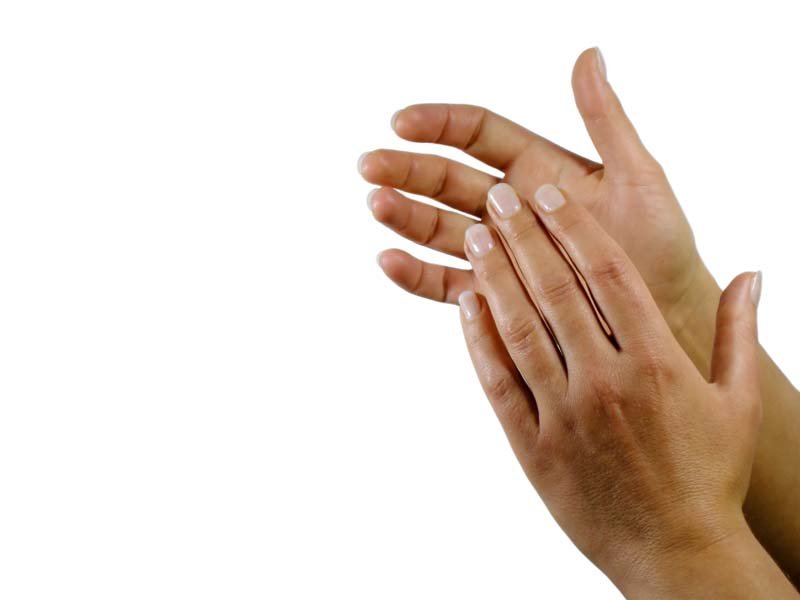
Clapping with your fingers against your palm can save your rings from severe damage!
Mindful hand placement or removal of your rings can prevent the bending. Your local jeweler can usually repair this kind of damage, but occasionally your ring might have to be remade.
Pro tip: Put your rings on a chain around your neck while doing these kinds of activities or better yet, a ring holder pendant.
7. Should I solder my rings together?
Soldering is the fusing of rings using heat and metal. This is typically done for wedding bands and engagement rings, although other rings can be joined. The purpose is to make the two rings fit as one.
Benefits include:
- a snugger fit
- less spinning of the rings on your finger
-
as mentioned above - less chance of stones chipping each other
8. Can my ring be resized?
Usually, yes! Most precious metal rings can have the sized altered larger or smaller. Blended metals, stones all the way around and vintage rings are assessed on a case-by-case basis.
Increasing the size requires that metal be matched and added. The jeweler will make a precise cut in the ring and with heat (solder or laser) attach the matched metal and blend it invisibly into the ring.
Decreasing the size also requires precise cutting, metal removal and ends reattached with heat.
Plain rings, with no stones, a uniform thickness and no previous sizing can sometimes be stretched or compressed, no cutting required. Your jeweler will let you know if this is an option.
We can answer general questions via text, phone and email, but like all jewelers, we will need to look at the jewelry in person to determine the best way to size your ring. Please note that we only service jewelry purchased from or previously repaired by Jewelsmith. See our full repair policy.
9. My chain broke, can it be fixed?
Yes! Most likely your chain either got pulled and snapped or has a weak link that broke. Success in fixing it will depend on the weight of the chain, whether or not you wear a pendant on it and if it’s been previously repaired.
Very delicate and hollow chains have more challenges than heavier weight chains. They break more easily and are harder to solder back together successfully because there is less metal to attach back to.
The mechanism where a chain attaches to go on and off is the clasp. Since it gets the most use, it wears out over time. Parts can bend and break or the spring inside fails, it no longer stays secure. Most often in this case the clasp will have to be replaced.
When replacing the clasp, discuss with your jeweler any issues the clasp was giving you over time:
- Was it too small?
- Did it catch your hair?
- Was it too difficult to maneuver?
If so, this is the time to select a style you like more.
10. Do my pearls need to be restrung?
A few ways to tell when your pearls need to be restrung:
- strand is broken
- string is frayed
- a pearl came off
- pearls slide back and forth along the strand easily
- clasp is broken
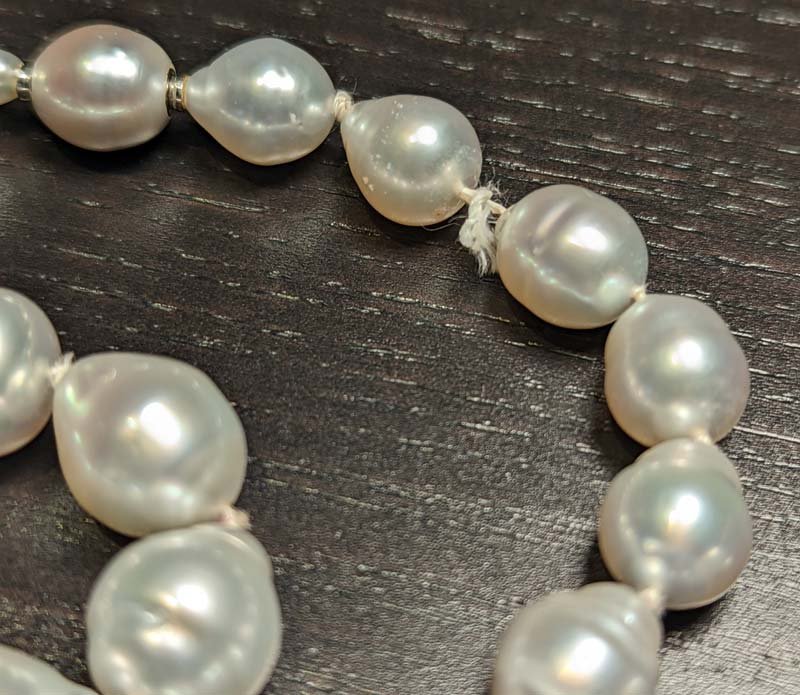
Frayed knots on a strand of pearls
Pearls are traditionally strung on silk thread, sometimes knotted in between each pearl. Over time silk will stretch and become frayed, eventually it breaks.
Heavier pearl strands, as well as strands worn often, need to be restrung more frequently. For some it’s every year, for others it may be several years with no issue.
The Takeaways:
Jewelry is meant to be worn and enjoyed! These are beautiful precious items, the extent to which you can live in them depends on how they are cared for. Please take your jewelry to a trusted professional jeweler to have it cleaned and checked; twice a year if you can, at a minimum, once a year. Useful reminders: your birthday, anniversary or even dental appointment. With a little care and mindfulness, you can wear and treasure your jewelry for many years to come!
about the author:
Mary Coleman wisely transplanted to Durham, NC from Brooklyn, NY over a decade ago. A serendipitous meeting led her to Jewelsmith in 2014, and she immediately fell in love with the creativity and innovation. She has used her design skills to help countless clients find the perfect gift.

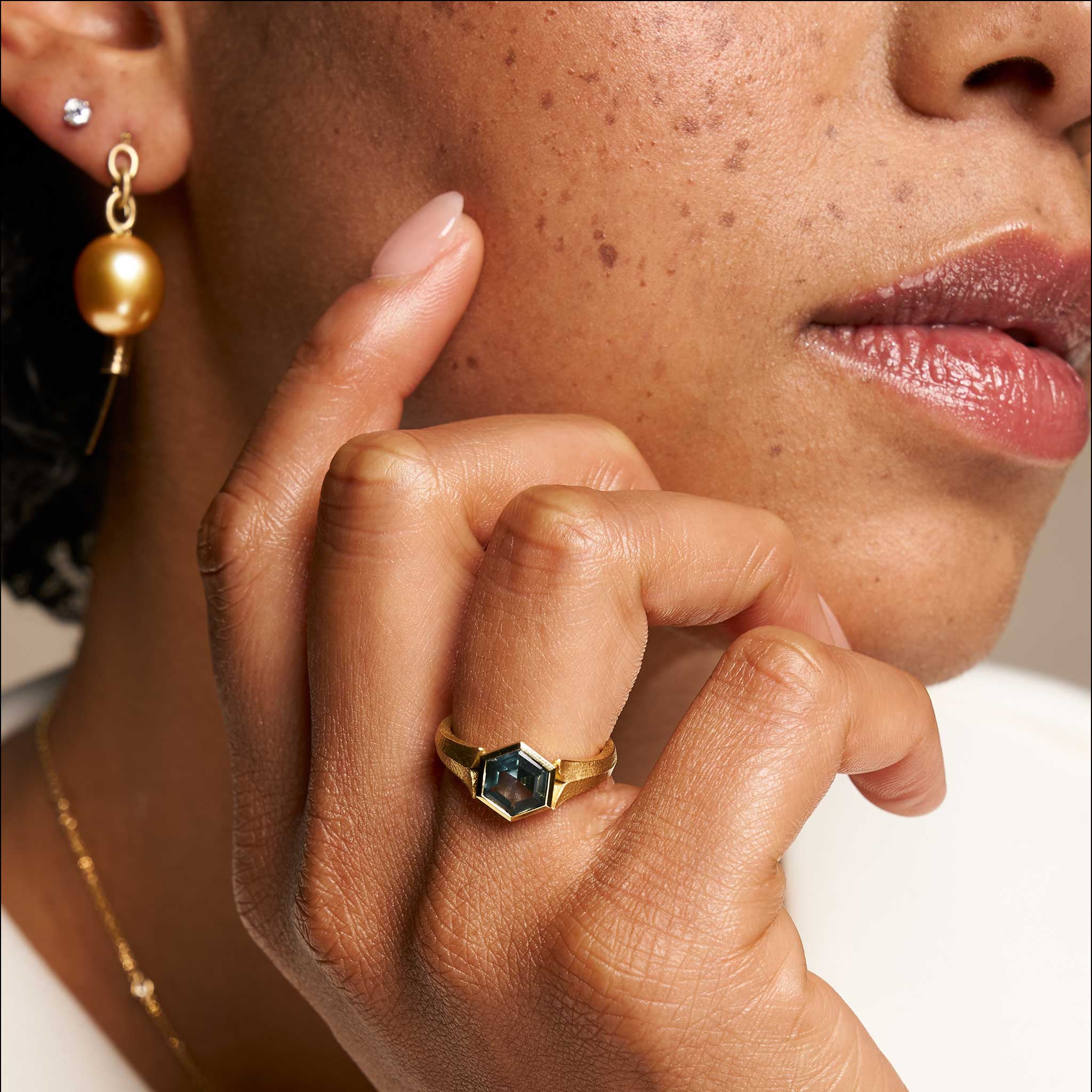
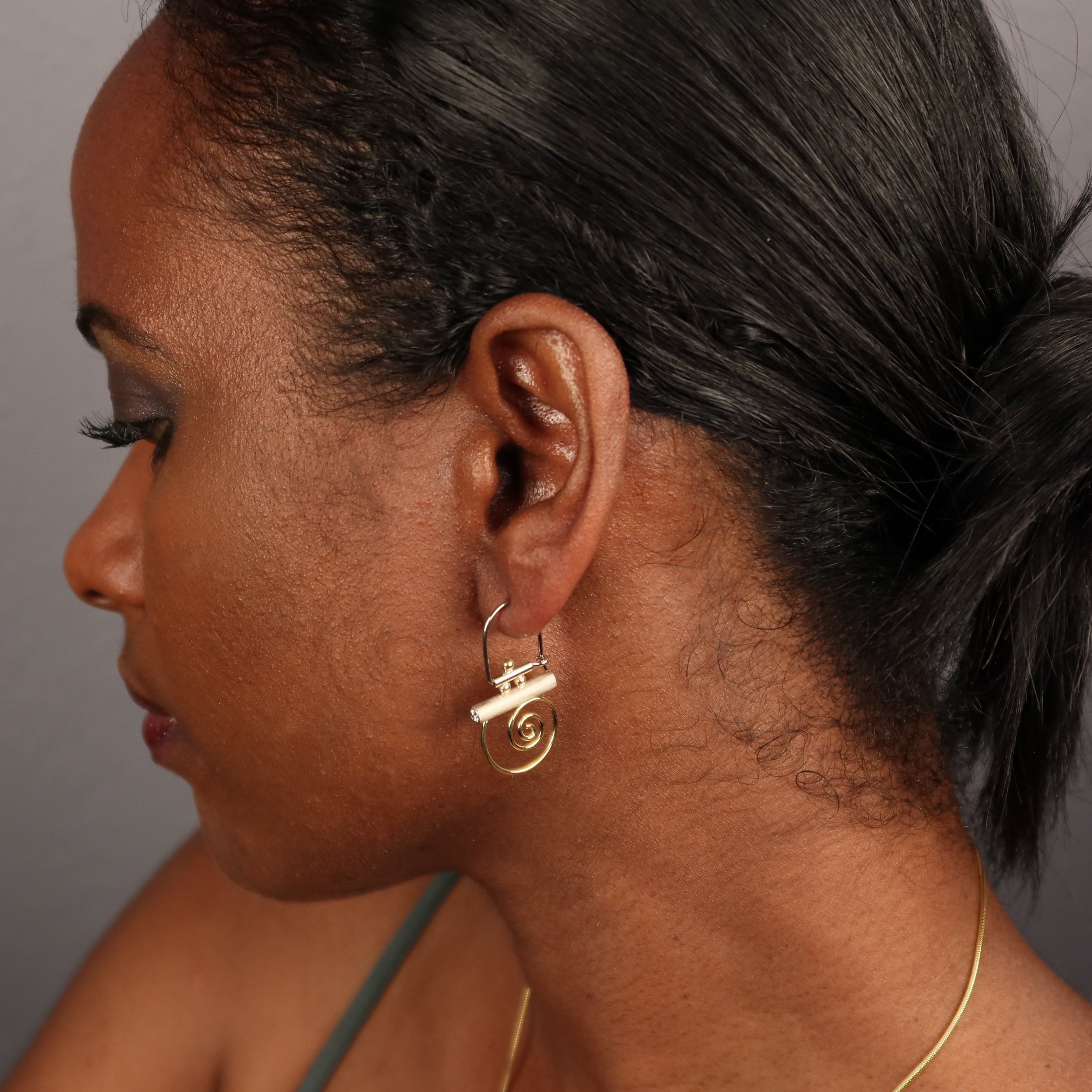
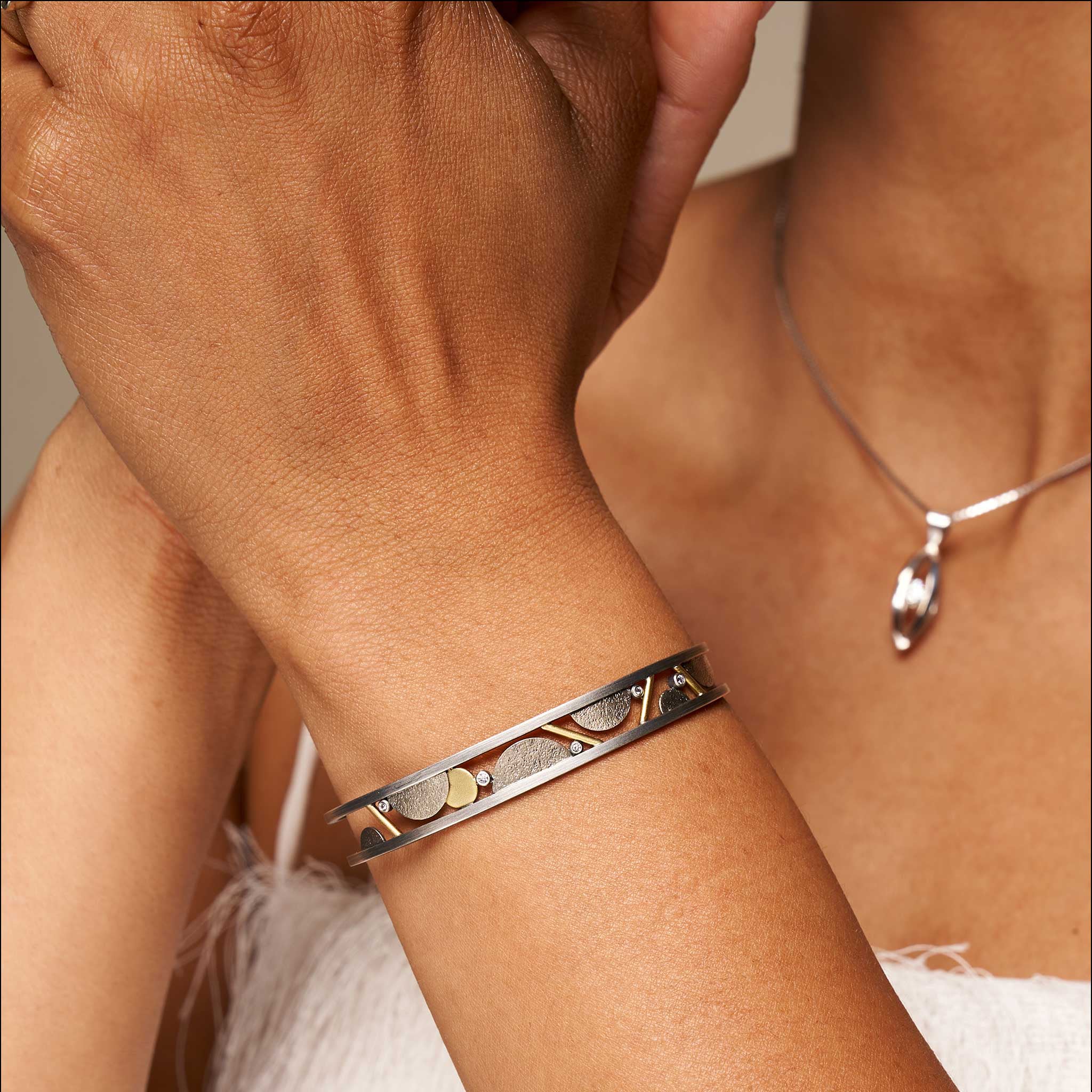

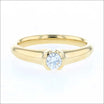
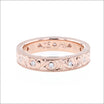
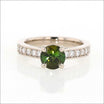

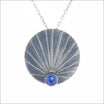
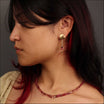

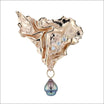
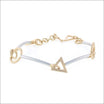
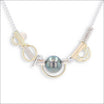
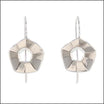
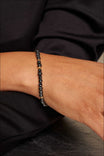
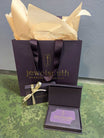
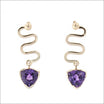
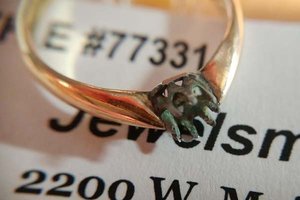

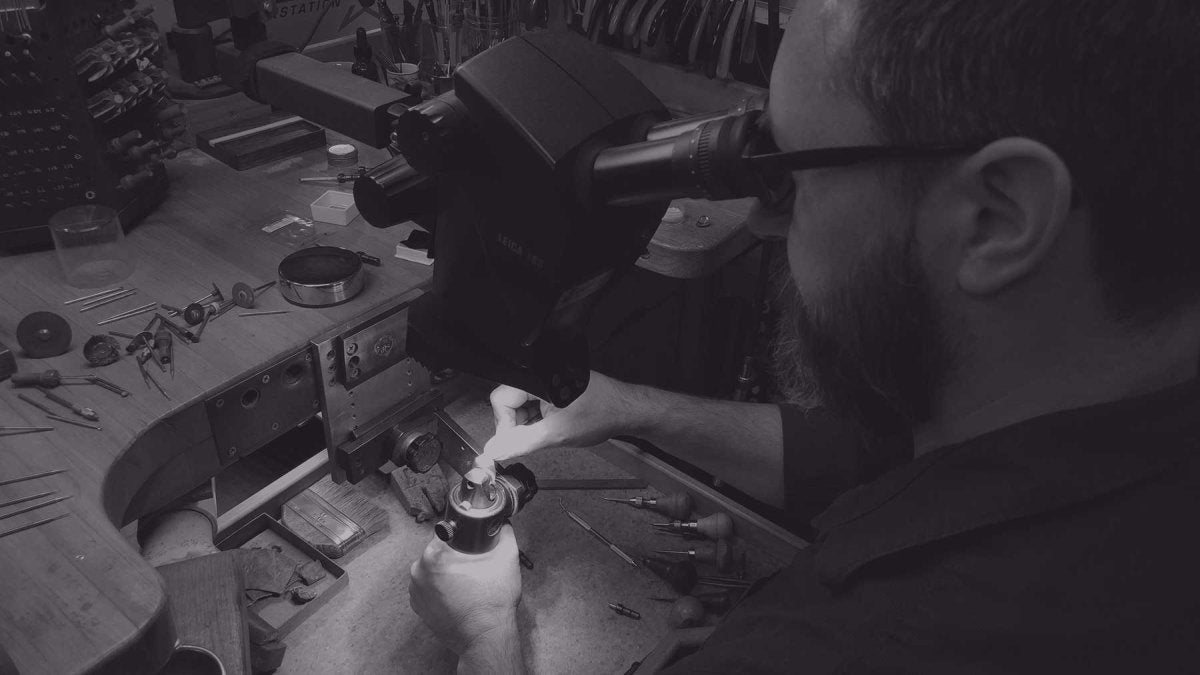
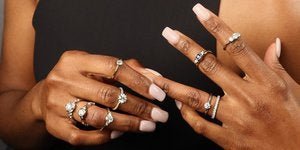




Leave a comment
All comments are moderated before being published.
This site is protected by hCaptcha and the hCaptcha Privacy Policy and Terms of Service apply.